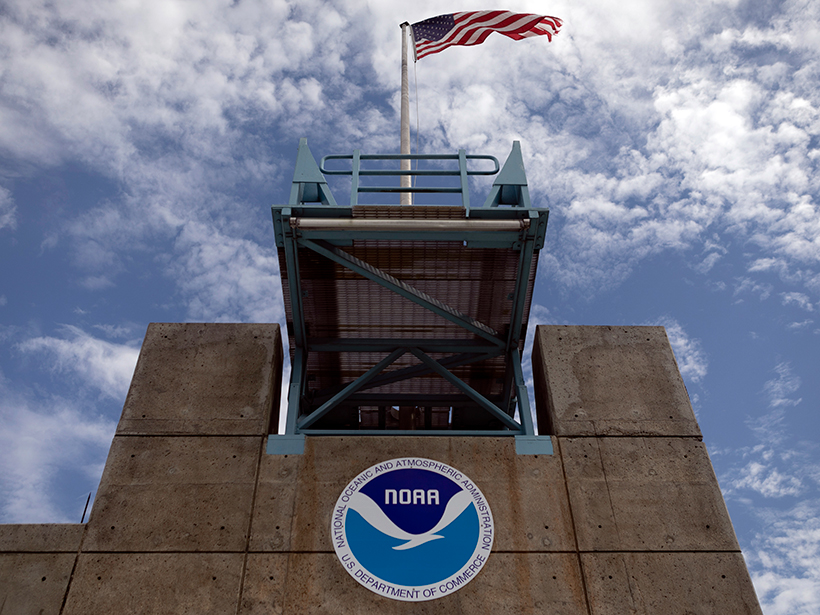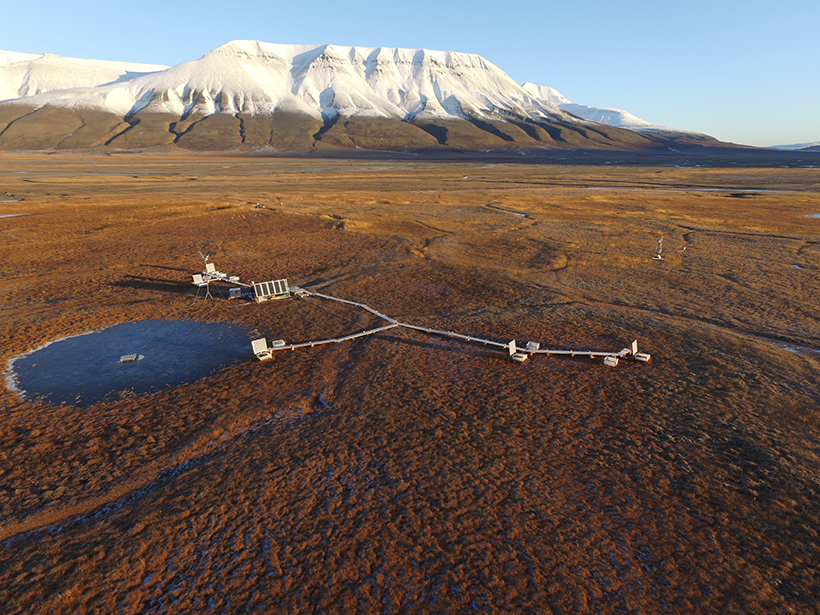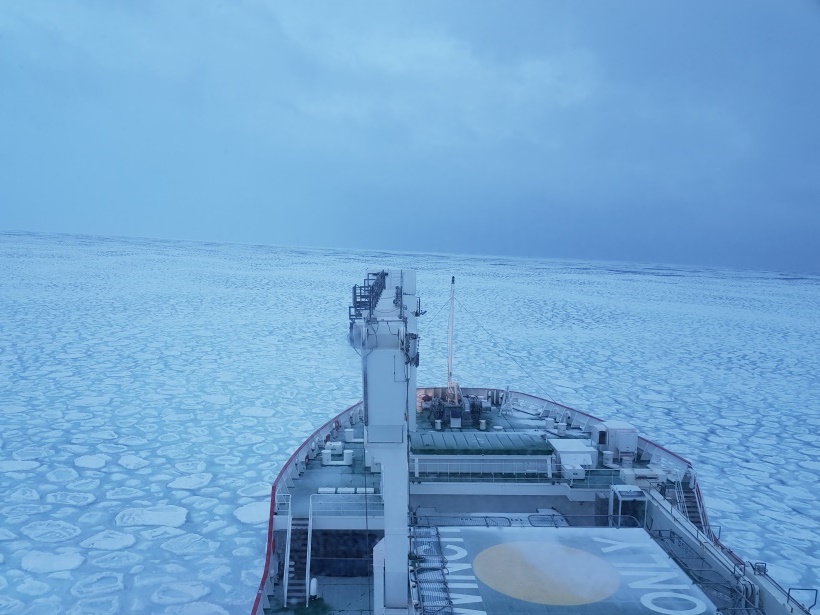Researchers have identified a previously unknown volcanic-intrusive complex that originated through the melting of mantle material at the northern edge of the Ionian slab.
CC BY-NC-ND 2019
Will Cigarette Butts Be Our Environmental Legacy?
People litter them by the trillions—but how long will butts last through the ages?
The Scientist Who Connected It All
Approaching the 250th anniversary of Alexander von Humboldt’s birth, we look back at the life and legacy of “the most scientific man of his age.”
Molecular Ions Unexpectedly Frequent in Earth’s Magnetosphere
A Japanese satellite reveals rapid and surprisingly frequent transport of molecular ions from the ionosphere to the magnetosphere, under not only extreme but also moderate geomagnetic conditions.
Altered Forecasts and Threatened Firings at the National Weather Service
In the wake of statements made by the president and his appointees during Hurricane Dorian, three former NOAA chiefs insist on the return of scientific integrity.
Soil Moisture Drives Great Plains Cloud Formation
A new study shows that models that reproduce moisture on land are better at accurately recreating cumulus cloud behavior.
Is the Northern Permafrost Zone a Source or a Sink for Carbon?
Thawing permafrost could release large amounts of carbon into the atmosphere, but finding out how much requires better collection and curation of data.
Hydrological Footprint of Atmospheric Rivers on Land
Atmospheric rivers that make landfall in the western United States have significant impacts on the surface water balance, sharpening the seasonality of water resources in coastal watersheds.
Antarctic Seasonal Sea Ice Melts Faster Than It Grows
Winds are thought to play a significant role in driving the asymmetric seasonal cycle of Antarctic sea ice growth and melt.
Nuclear Bomb or Earthquake? Explosions Reveal the Differences
A series of controlled chemical detonations in the Nevada desert is helping researchers discern between ground shaking caused by nuclear explosions and earthquakes.










